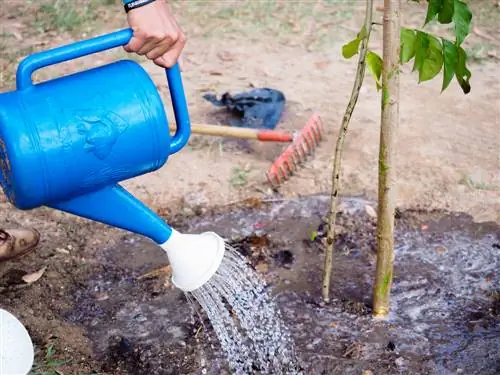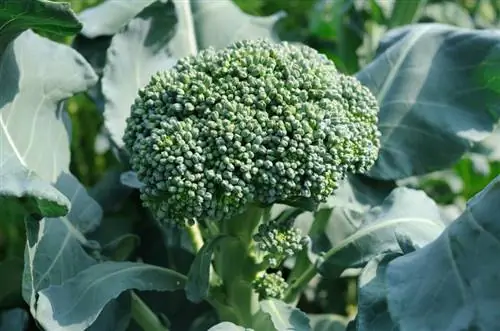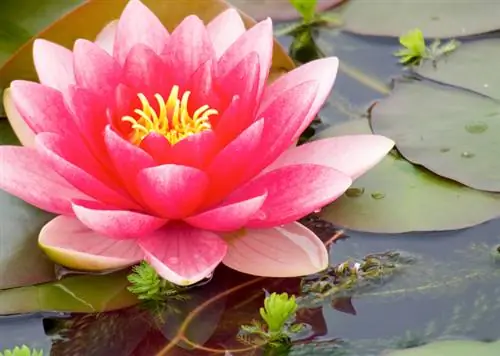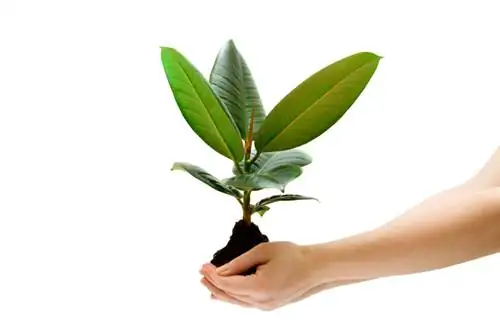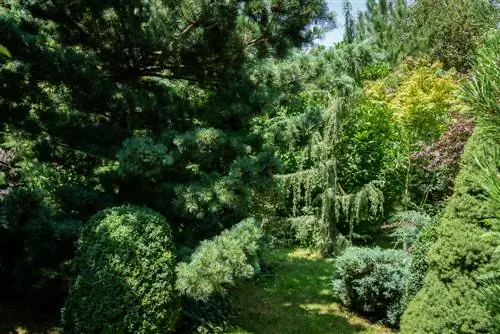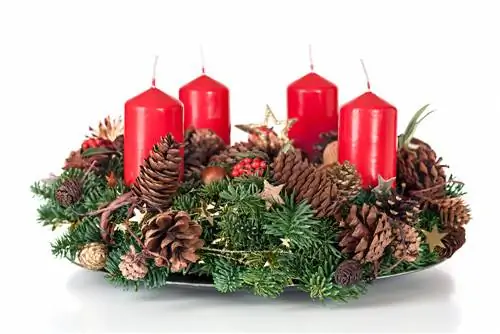- Author admin [email protected].
- Public 2023-12-16 16:46.
- Last modified 2025-01-23 11:21.
Extremely dry and hot summers put a lot of pressure on vegetation. This even applies to very deep-rooted trees that can no longer find enough water and soon start to lose their leaves. In order to alleviate drought stress and avoid long-term consequences, trees should be watered during such phases.
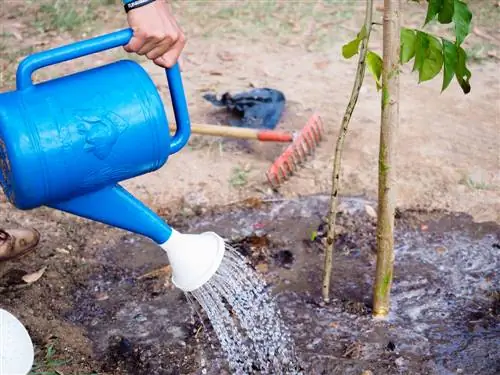
When and how should you water trees?
Trees should be watered in very dry and hot weather to avoid drought stress. Water early in the morning or late in the evening, from below and slowly so that the water can soak in well. Use rainwater or stale tap water. Depending on size and foliage, trees need between nine and 14 liters of water.
When trees need water
Basically, watering planted trees is not necessary as they take care of themselves via their root system. Watering is only necessary in very dry and hot weather, as if there is no rain for weeks, even a strong thunderstorm is not enough to provide water. In addition to dry and drought periods, there are other reasons why watering trees makes sense:
- Freshly planted young trees need a lot of water so that they grow better.
- Trees grown in containers need to be watered regularly.
- Additional watering is also useful in summer for narrow plantings or heavily compacted soil.
- You should also water when the winter is dry.
How much water trees need
The water requirements of trees vary greatly: some trees get by with very little water, while others can even tolerate waterlogging. Depending on their size and foliage, our native forest trees generally consume a lot of water and require between nine and 14 liters of water. Smaller and less leafy specimens naturally need to be watered less.
How to water properly
Pay attention to these tips when watering:
- Water trees and other plants as early in the morning or late in the evening as possible.
- Always water from below, not over the leaves.
- In longer dry periods, water slowly: Always wait until a gush has soaked in and do not empty the entire pot at once. Otherwise the water will simply run off because the dry earth can no longer absorb water.
- Use rainwater or stale tap water if possible.
Tip
In dry summers, birds and insects are also thirsty: you can install a waterer in an elevated, cat-safe place.

